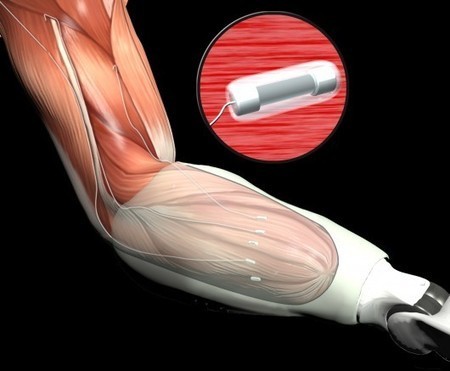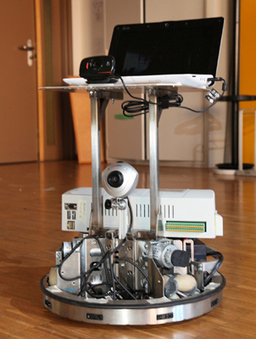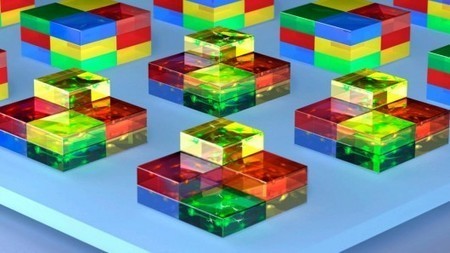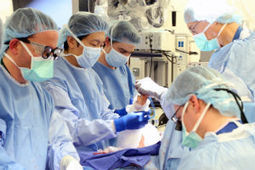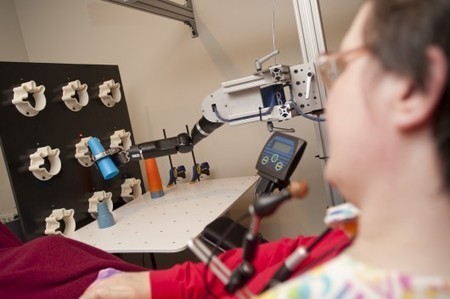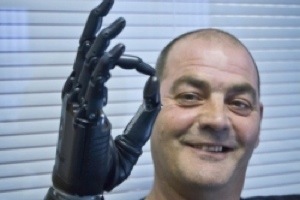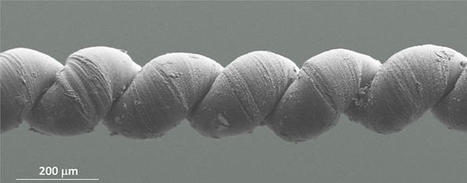Artificial limbs have come a long way in recent years with the development of prostheses that can be controlled directly by the patient’s nerves. The problem is, links between living nerves and the prostheses break down over time, which makes permanent attachment and practical control difficult. To understand why this happens and to help give patients more control over their prostheses, DARPA has instituted a number of programs aimed at improving neural interfaces and allowing amputees to have better control of advanced prostheses in the near term.



 Your new post is loading...
Your new post is loading...

